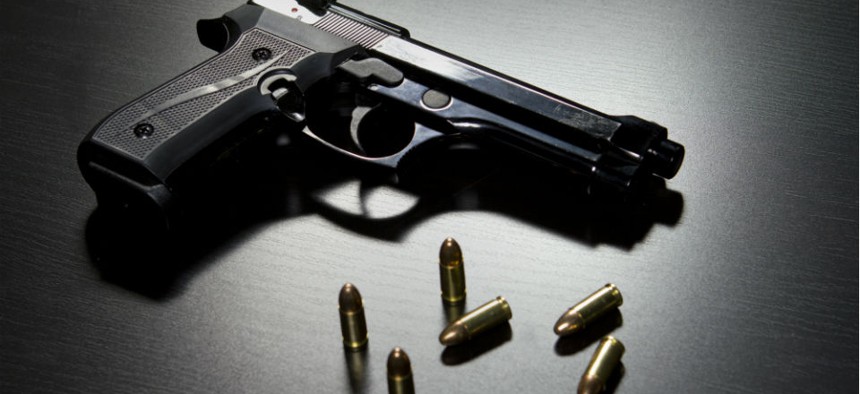The Number of Mass Shootings in the U.S. Is Going Up
FBI report looks at shootings from 2000 to 2013.
The number of mass shootings in the United States rose steadily between 2000 and 2013, according to a report released by t he Federal Bureau of Investigation Wednesday.
According to the report, the average number of active shooter situations in the U.S. increased from 6.4 percent in the first half of the years studied to 16.4 in the second. The U.S. government define the term "active shooter" as "an individual actively engaged in killing or attempting to kill people in a confined and populated area." The study didn't include other gun related incidents such as drug or gang violence.

Of the 160 active shooter incidents that occurred between the years 2000 and 2013, 154 of them were carried out by male suspects, the majority of whom acted alone. Some of the most highly publicized mass shootings of the last few years, including those at Sandy Hook, Fort Hood, Aurora, and Virginia Tech saw lone, male gunman.
The highest percentage of active shooting incidents occurred in "businesses open to pedestrian traffic" followed by schools — "pre-kindergarten through 12th grade." School shooters were significantly more likely to target schools that they attended. 12 out of the 14 high school shooters in the FBI report were students at the schools.

While the purpose of the report was to give law enforcement and first responders "data that [would] help them to better prepare for and respond to these incidents," the findings showed that most active shooting situations end before police arrive. Katherine Schweit, the FBI Special Agent in charge of the Active Shooter Initiative, said she hopes civilians can be more involved with preparing for these incidents.
[The study] demonstrates the need not only for enhanced preparation on the part of law enforcement and other first responders, but also for civilians to be engaged in discussions and training on decisions they’d have to make in an active shooter situation.”
( Image via Burlingham /Shutterstock.com )



